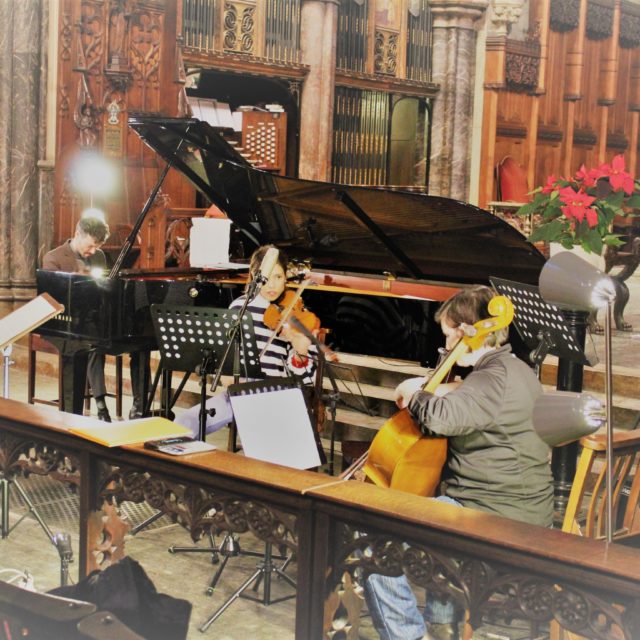Community Art: some insights
As Piano Tutors, the first thing we do with our piano students when we start a piano piece is to check the composer to ascertain the style, period and therefore, the articulation. In modern music, specifically from the 1960s having its climatic point in the 1980s. This was called “Community art” this is also known as “dialogical art” and encompass any community based musical project that creates a dialogue with between performance/audience-performer/composer.
How far from the typical classical music sheet is this? Quite I would add. Generally, piano beginners are not given this type of information, but kind of a more conservative approach, but in these modern times, we should have a broader perspective towards all music genres and start having a more expansive view regarding the new composer-audience-performer.
This idea is related to who is the owner of the music, and it has a close relation to the improvisation and its relation to the community.
The idea of ownership is conceived of differently in many cultures. As in Balinese gamelan ensembles, where the metallophones are believed to be owned by the community, and likewise, compositions are mostly improvised, and the notion of a composer is almost non-existent. The fluidity of content is at the crux of community music. But it is not just about improvising, this is connected with the idea of belonging to a specific cultural group as well and the concept that Material, instrument, and performer offer different locations for identity and ownership but are very different kinds of a creative source for music.
The influence of world music on community music presents a number of comparable approaches to style, consistent with developments in the classical tradition. One of the most prominent is a composer called Peter Wiegold, that in this book “Only Connect in Beyond Britten; The Composer and The Community” in one of the chapters, is very interested in this idea of transmission – between student – teacher-composer-performer.
Wiegold must see a parallel between how the music turns on the “dynamic” relationship between a teacher/student in the Indian classical tradition – mirrored in his workshops through the organic connection he creates between composer and performer. A parallel can be drawn to experimental music here, which can similarly alter the dynamic between maker and audience as in Cage’s, 4.33, where the listener becomes a composer, breaking that limit of perception.



